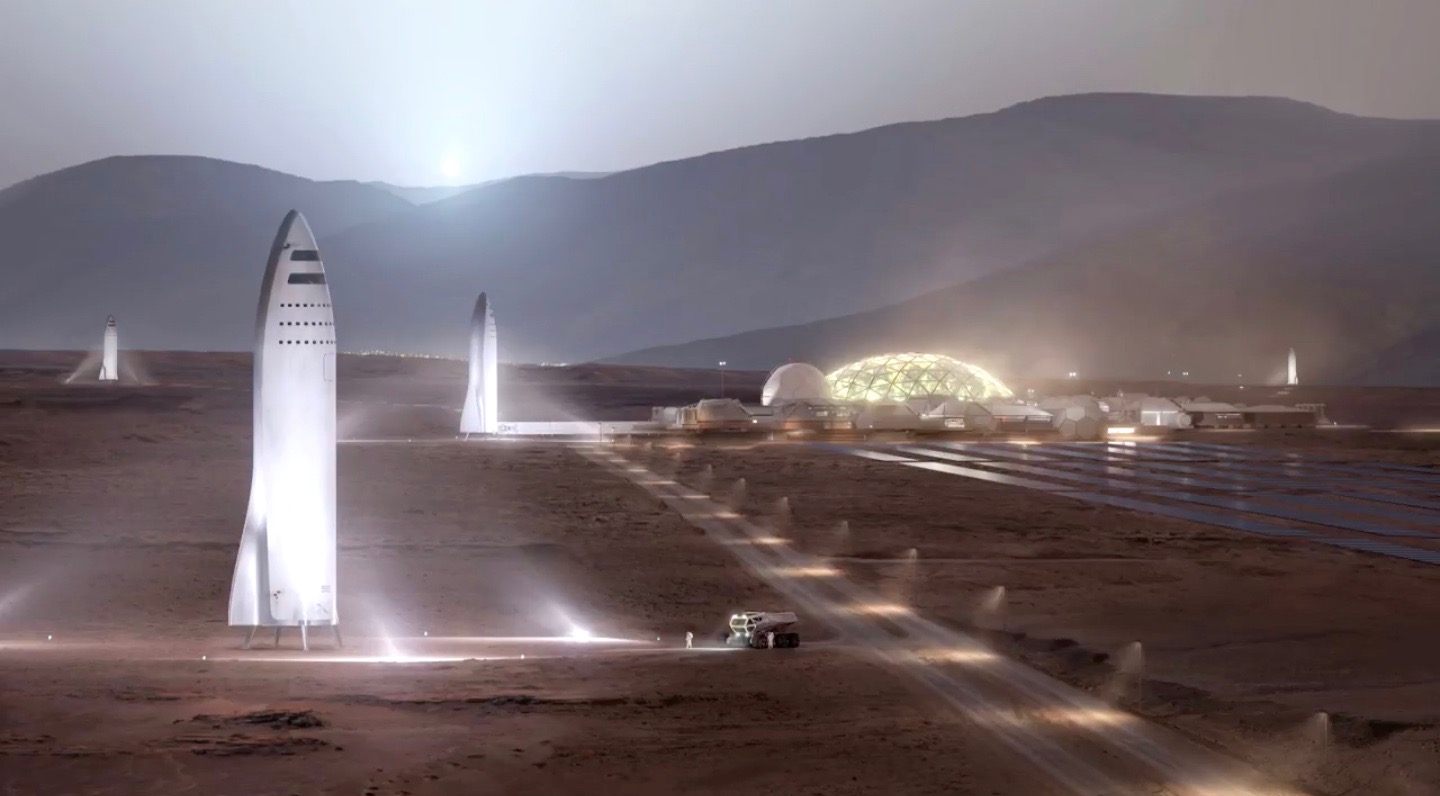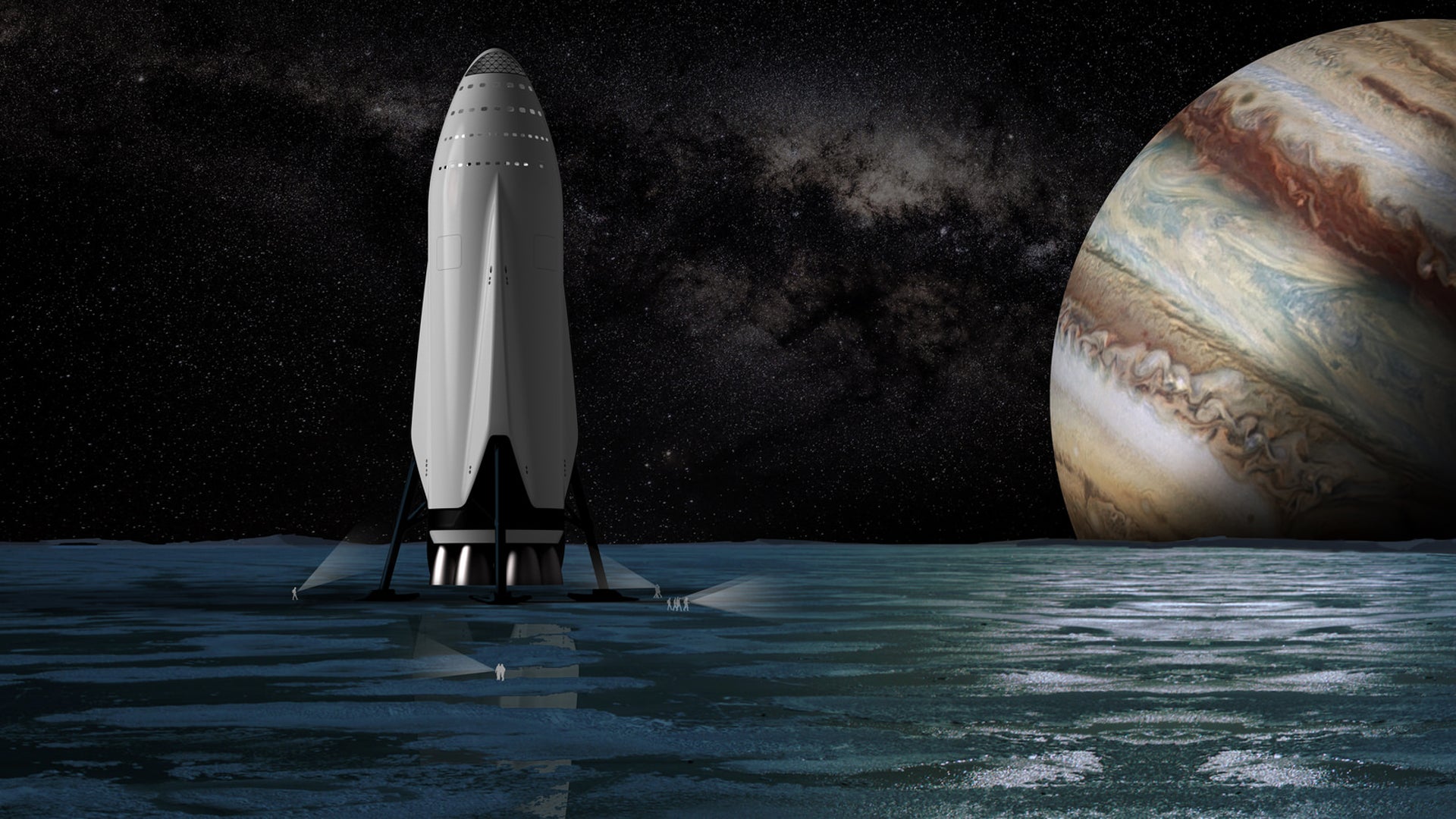Elon Musk Unveils Bold Vision for Massive Mars Transport Ship to Carry 100 People
In a game-changing development for the future of space exploration, Elon Musk has announced ambitious plans to construct a next-generation spacecraft capable of transporting up to 100 passengers to Mars in a single mission. This monumental step aligns with Musk’s lifelong goal of making humanity a multi-planetary species.
As the founder and CEO of SpaceX, Musk has consistently pushed the boundaries of what’s possible in aerospace engineering. While the existing Starship program already represents a major leap in reusable spaceflight, this new concept envisions an even more powerful vehicle — one not just for astronauts, but for communities of settlers.
Toward a Martian Colony

The newly proposed spacecraft, still unnamed, would represent a dramatic expansion of current Mars mission capabilities. Instead of ferrying small crews or cargo, this mega-ship would act as a shuttle for colonists, laying the foundation for a self-sustaining city on the Red Planet.
Powered by an advanced version of Starship’s technology, the craft would incorporate robust systems to support long-term travel: life-support, food storage, radiation shielding, and psychological accommodations for months-long voyages.
Musk has emphasized repeatedly that colonizing Mars is not a luxury, but a necessary step for human survival — especially as Earth faces environmental, political, and existential threats.
“We won’t solve everything here on Earth. But a thriving settlement on Mars could be a lifeboat for civilization,” Musk noted in a recent address.
Reimagining Space Travel

A spacecraft with 100-passenger capacity would revolutionize space logistics. Instead of isolated missions, entire populations could be moved, speeding up the development of Martian infrastructure — from habitats and farms to research labs and communication hubs.
The mission would require innovations in sustainable resource usage, such as growing food and recycling water on Mars — core elements of Musk’s long-term colonization blueprint. The ship itself would need to ensure not just survival but livability, with private quarters, social spaces, and medical facilities.
Challenges Ahead

While the vision is inspiring, the obstacles remain significant. Transporting 100 humans safely across interplanetary space involves solving major problems:
-
Radiation exposure from solar and cosmic rays.
-
Microgravity effects on health.
-
Psychological strain from confinement and isolation.
-
And, of course, engineering a massive, durable vessel that can handle repeated round-trips.
SpaceX has made strides toward overcoming these issues with the development of heat shields, landing systems, and reusability. But scaling up Starship to this magnitude will require breakthroughs in materials science, propulsion, and closed-loop life support.
Musk remains undeterred. SpaceX’s past successes — from the Falcon 9’s reusability to crewed launches to the ISS — lend credibility to his ambitions.
A Future Within Reach?

If realized, the 100-person spacecraft could pave the way for regular missions to Mars, turning what was once science fiction into a permanent human expansion into space.
The implications extend far beyond survival. A Mars colony could spark technological revolutions that benefit Earth — in energy, manufacturing, medicine, and beyond.
Moreover, the idea of civilians — not just trained astronauts — living on another planet opens the door to a new chapter of human evolution.
Whether the Mars super-ship launches in the next decade or further down the line, Elon Musk’s plan is already altering how we think about our place in the universe. What was once a distant dream is slowly becoming a blueprint for the future — one bold spacecraft at a time.